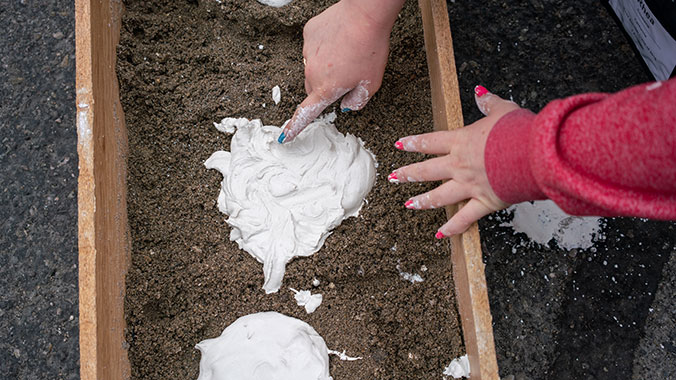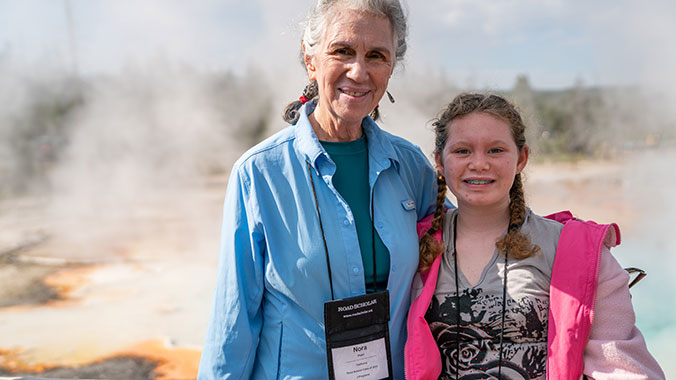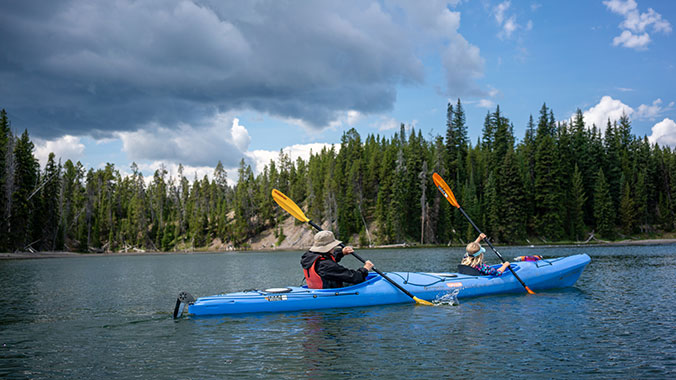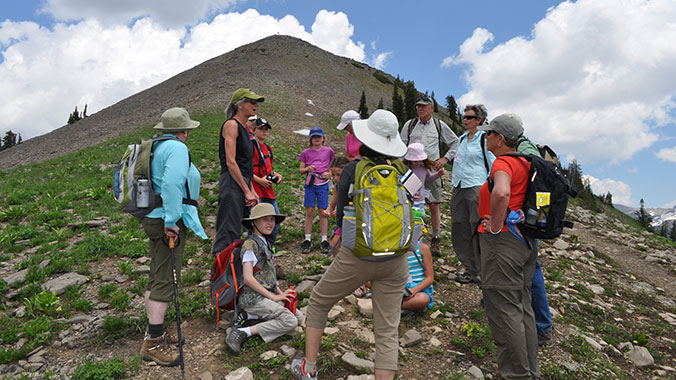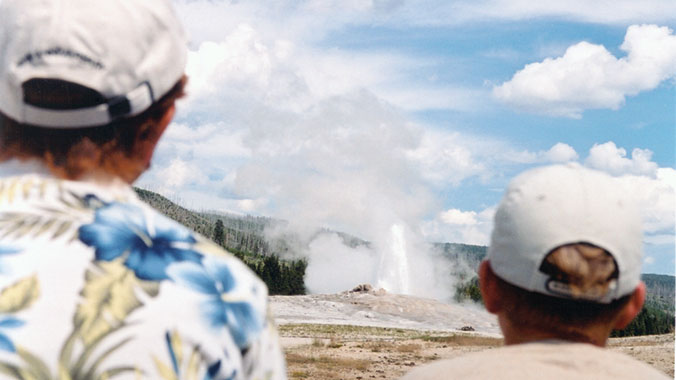After the Fires: The Ecology of Change in Yellowstone National Park
by Linda Wallace, Editor
The ravaging fires of 1988 caused many scientists to predict long-term devastation which did not come to pass. This scientific summary by wildlife biologists, ecosystem and forest scientists and landscape ecologists discusses the many things that changed and did not change in the Yellowstone area. Realize the role of fire in the ecosystem and the resiliency of nature.
Decade of the Wolf, revised and updated edition: Returning the Wild to Yellowstone
by Douglas W. Smith and Gary Ferguson
Research and storytelling meld to document wolf recovery in the Greater Yellowstone Ecosystem. Wolf biologist, Smith, and nature writer, Ferguson, provide an inside look at the Yellowstone Wolf Recovery Project ten years after the controversial decision was made by the U.S. Fish and Wildlife Services to reintroduce wolves into the park. Smith, wolf project leader who has worked with the Yellowstone Wolf Project since its inception, has studied wolves for 25 years. Ferguson, whose writing largely arises from intimate experiences, followed through the seasons, the first 14 wolves released into Yellowstone National Park. Their collaboration offers hard facts and 'impressionistic portraits of individual wolves that reveal their epic lives full of struggle and conquest.' Here is the history of the return of the top predator to Yellowstone.
Hey Ranger? Kids Ask Questions About Yellowstone National Park
by Kim Justesen
Here are real questions - some smart and some silly - that kids ask rangers every day. This well researched, educational guide is fun to read and filled with fascinating facts and amusing anecdotes.
It Happened in Yellowstone: Remarkable Events That Shaped History
by Erin Turner
Discover true tales from Yellowstone's past that shaped its history including geologic events like the volcanic eruption that formed Yellowstone over 600,000 years ago and the massive 1959 earthquake that created Quake Lake. Read about wildlife, the historic Nez Perce flight and early tourists, Truman Everts-lost in Yellowstone and a great stagecoach robbery.
Lost in Yellowstone, Truman Everts' Thirty-seven Days of Peril
by Lee Whittlesey, editor
Read this true life adventure of the fifty-four year-old, nearsighted Truman Everts who visited the Yellowstone area with an exploration party in 1870. Although he was an inexperienced woodsman, he was determined to map and investigate the grand and mysterious Yellowstone country. After becoming separated from his party and abandoned by his horse, he wandered Yellowstone for thirty-seven days, injured, alone and with little food and shelter. Lee Whittlesey, Yellowstone National Park's historian, edited Everts' story which records one of the American frontier's most grueling survival adventures. Appreciate many early day photographs of Yellowstone National Park which illustrate the book.
Roadside Geology of Yellowstone Country
by William Fritz & Robert Thomas
Updated, classic roadside geology book for the Yellowstone Region explains current geological theories.
To Save the Wild Bison: Life on the Edge in Yellowstone
by Mary Ann Franke
The author brings clarity and revelation to one of Yellowstone's most complex struggles by tracing the history of bison and humans into the 19th century and further into the national parks era. Here's discussion of bison management and park policy - the battle over brucellosis, snowmobiles and groomed winter roads, desires of Native Americans, bison and predators.
Watching Yellowstone and Teton Wildlife: The Best Places to Look From Roads and Trails
by Todd Wilkinson and Michael L. Francis
Pack this guidebook, along with your binoculars and enthusiasm, when visiting both Yellowstone and Grand Teton National Parks. The authors identify numerous viewing areas for optimum wildlife watching and have included maps, color photographs, samples of animal tracks, driving tours, hikes and animal descriptions including behavioral information.
Who Pooped in the Park? Yellowstone National Park: Scat and Tracks for Kids
by Gary Robson and Elijah Brady Clark
Accurate information that is fun to read. Kids will learn how to identify critter scat and tracks in a straight forward manner. Lots of extra detail is included such as how to tell the difference between similar looking tracks, why wolf scat has hair in it and much more.
Yellowstone National Park (True Books: National Parks)
by David Peterson
Ages 7 and up. An introduction to Yellowstone National Park includes a look at its thermal features, wildlife, habitat and human history. Includes map, index, related titles, important terms and online sites.
Yellowstone Place Names, 2nd edition
by Lee Whittlesey
Yellowstone National Park Historian's well-researched and entertaining reference source for information on many of Yellowstone's place names and their origins.





